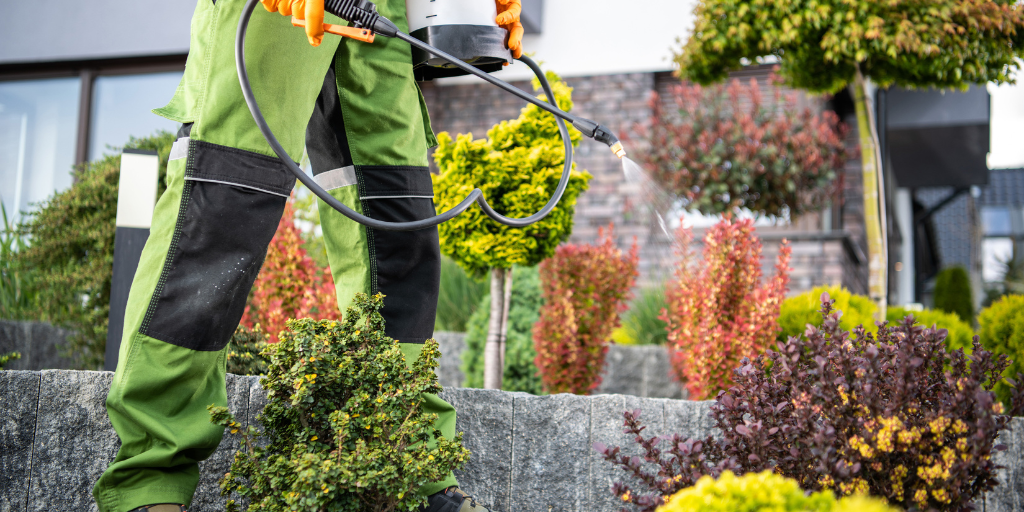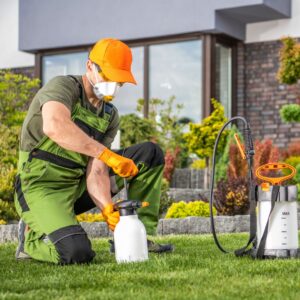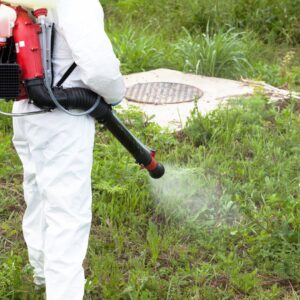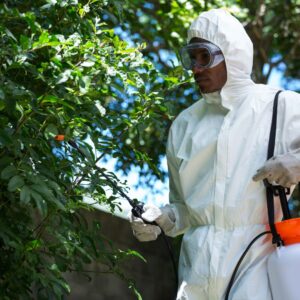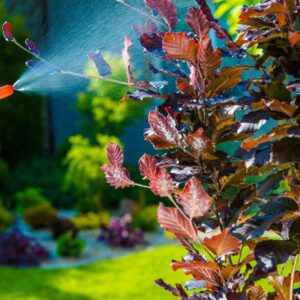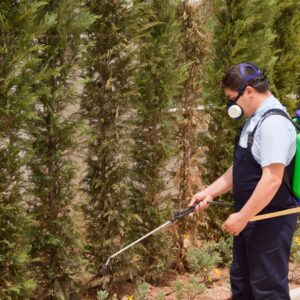Types Of Foam Filled Tires: Solid Polyurethane, Microcellular Urethane, And Others
Foam-filled tires are a type of tire that is made with a foam core inside the tread area. The foam provides cushioning for the tire, allowing it to handle higher loads and lower road noise, but also adds extra weight to the vehicle. Foam-filled tires come in many different types, including solid polyurethane, microcellular urethane, and other varieties. Each type of foam-filled tire has its own unique characteristics that make it suitable for specific applications. You may utilized specialized foam for filling tires to enhance its performance, providing a secure and comfortable driving experience.
Solid Polyurethane
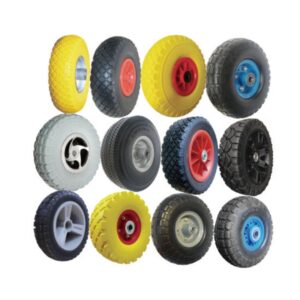
Solid polyurethane is the most common type of foam-filled tire used today. This type of foam is strong, yet lightweight, making it ideal for heavy loads and high-speed applications. The foam also provides good shock absorption, which helps reduce road noise and tire wear. The downside of solid polyurethane is that it can be more difficult to shape than other types of foam-filled tires, making it less suitable for curved or irregular surfaces.
Microcellular Urethane
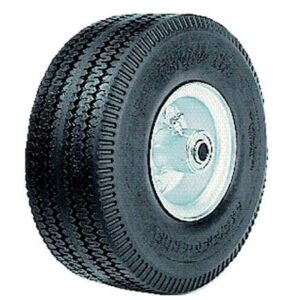
Microcellular urethane is a type of foam-filled tire that utilizes tiny air bubbles to provide cushioning and shock absorption. This type of foam is lightweight, yet strong enough to handle heavy loads and high speeds. It also has good road noise reduction characteristics, making it ideal for off-road applications such as all-terrain vehicles (ATVs). The downside of microcellular urethane is that it can be more expensive than other types of foam-filled tires.
Other Types Of Foam Filled Tires

In addition to solid polyurethane and microcellular urethane, there are several other types of foam-filled tires available on the market. These include neoprene, polyvinyl chloride (PVC), and rubber. Each type of foam-filled tire has its own unique characteristics that make it suitable for specific applications. For example, neoprene is lightweight, yet strong enough to handle heavy loads and high speeds; however, it can be more expensive than other types of foam-filled tires. PVC is also lightweight, yet provides good shock absorption and road noise reduction. Lastly, rubber is more durable than other types of foam-filled tires and can handle extreme temperatures, making it ideal for off-road applications.
Overall, foam-filled tires are a great way to improve the performance of your vehicle while also reducing road noise and tire wear. Depending on the type of application you have in mind, there is likely a type of foam-filled tire that will be perfect for your needs. Be sure to research the various types of foam-filled tires available and choose the one that best fits your specific needs.

